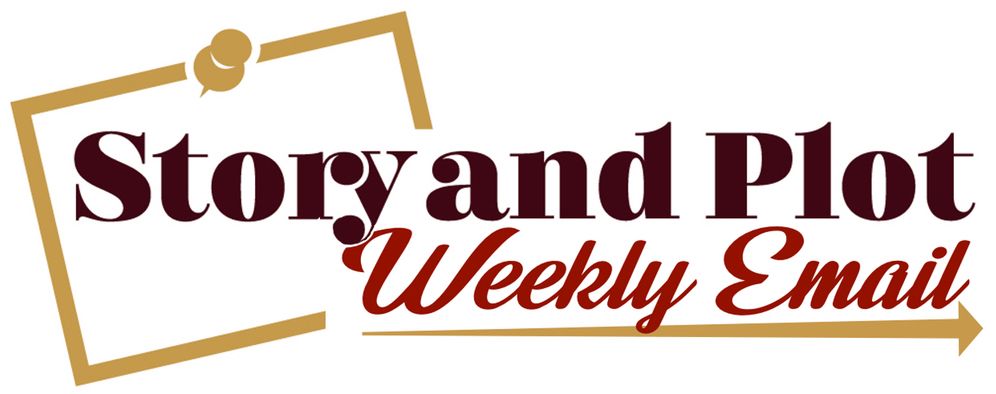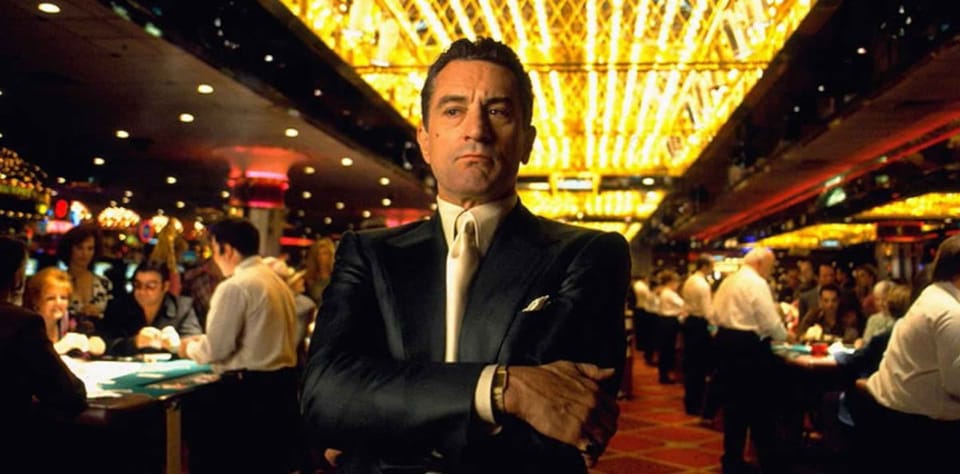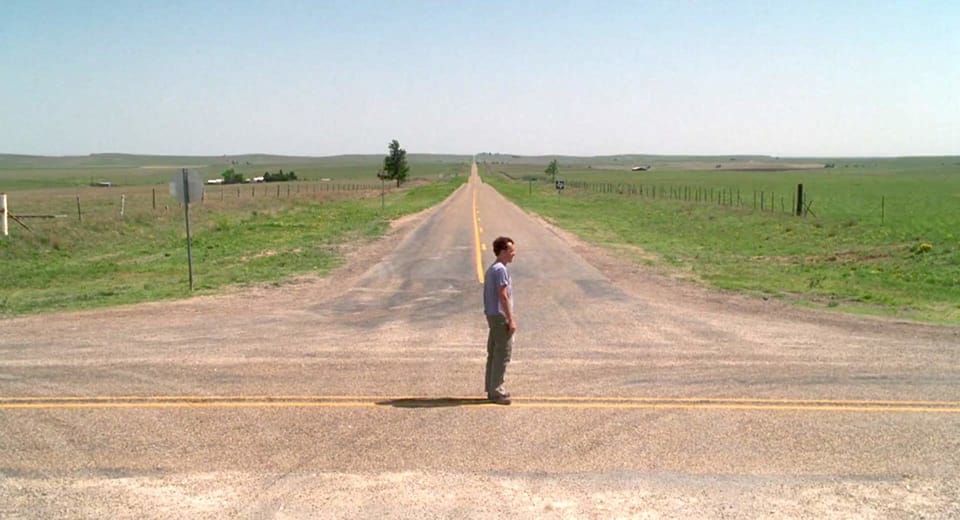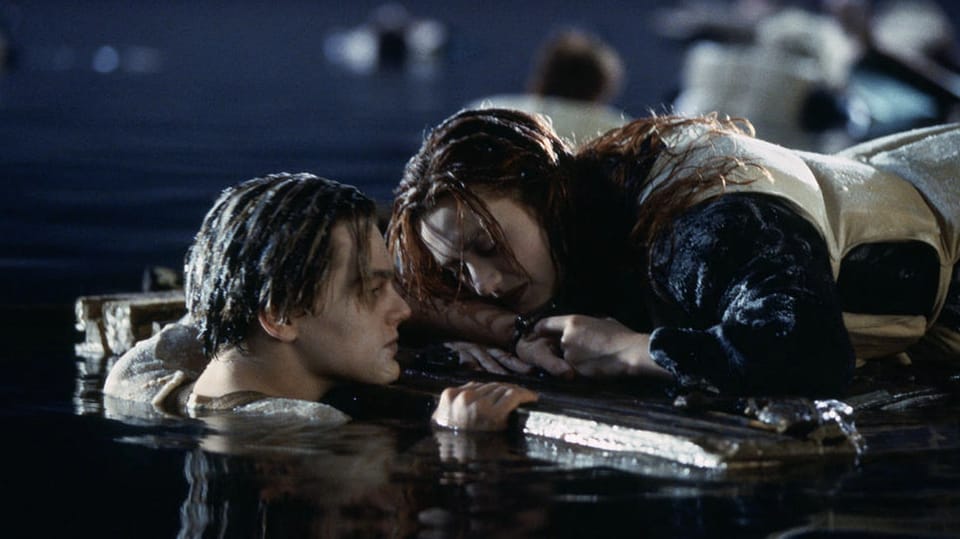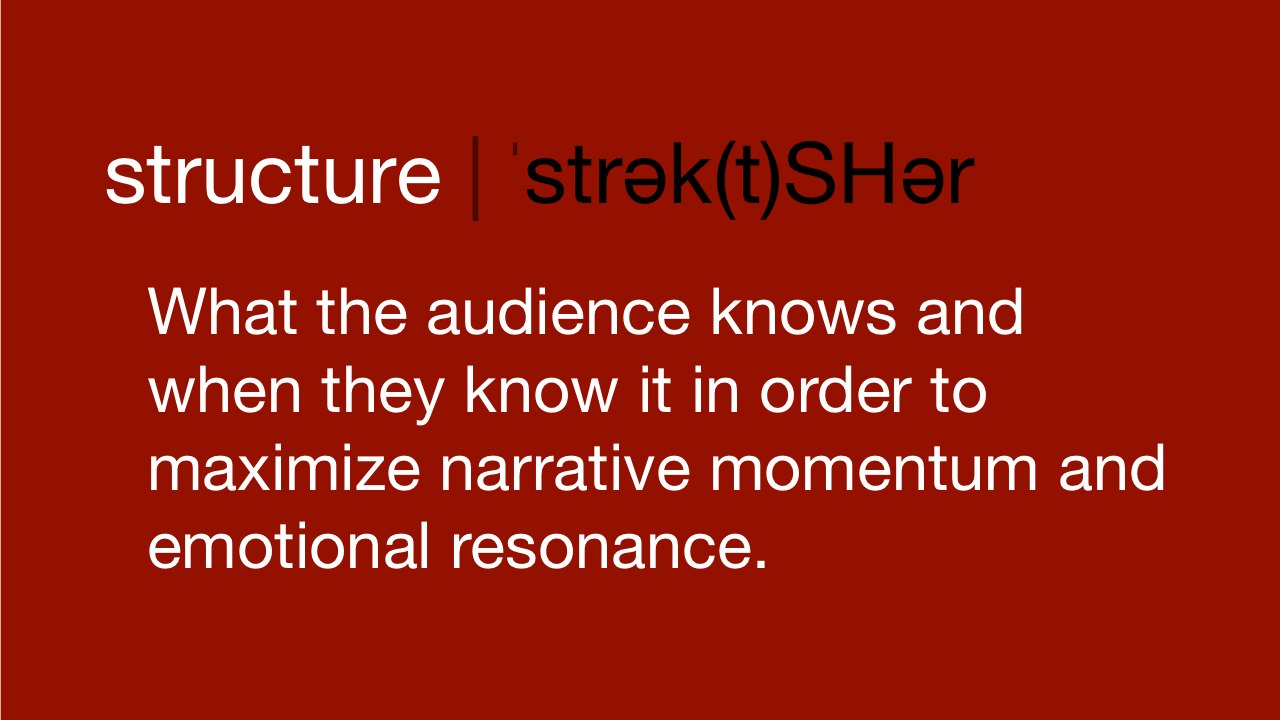The want drives everything.
Without a want, the narrative is stagnant. But with it, we can map out the entire story structure.
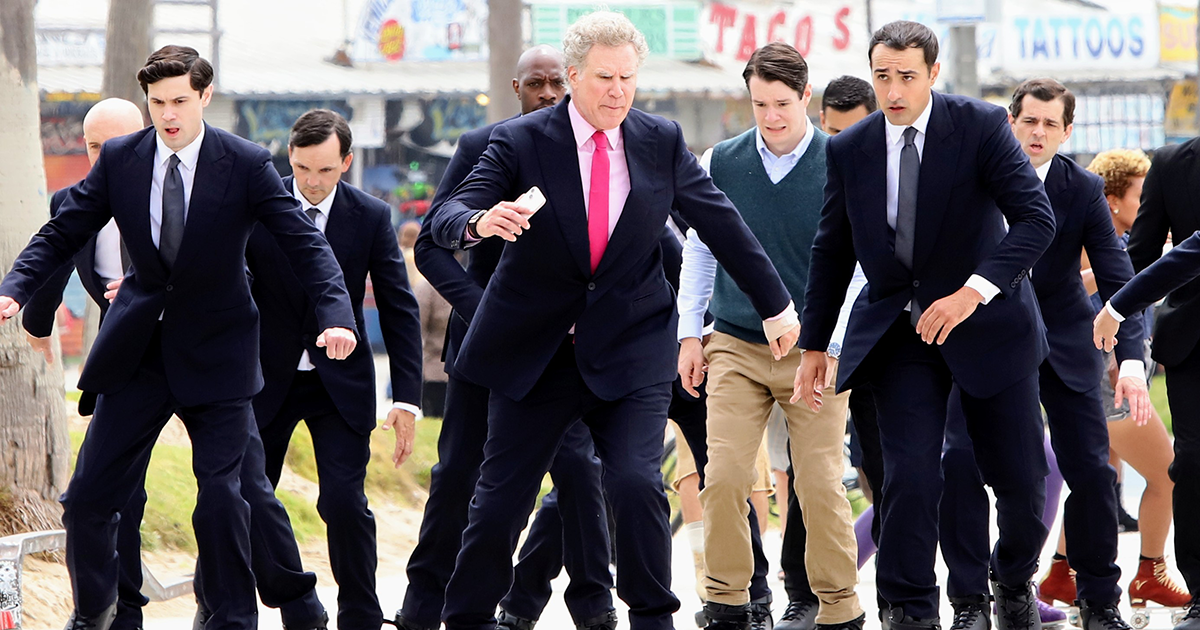
The Story and Plot Weekly Email is published every Tuesday morning. Don't miss another one.
“Nothing happens until someone wants something.”– The late, great Sydney Pollack
It remains one of my favorite quotes.
Early in the Mastering Structure course, we discuss the three primary elements of drama.
- Somebody wants something.
- They’re having trouble getting it.
- Something will happen if they fail.
These elements tell us, respectively,
- Who we care about.
- Why it’s interesting to watch.
- Why we should care.
As you can tell by the title, this week, I want to focus on #1, the want, and how it drives the narrative of the entire story.
The want starts everything. It pushes events forward. And it finishes everything, too.
Without a want, the narrative is stagnant.
But with it, we can map out the entire story structure.
The central problem.
This is the protagonist's primary want.
- Indy wants to secure the ark before the Nazis.
- The Avengers want to stop Thanos.
- Barbie wants to put her life back to normal.
- John McClane wants to rescue his wife.
Our primary dramatic question is almost always based on the central want of the main character.
Confused by what your dramatic question is?
Look at what your protagonist wants.
But nothing gets solved in one scene. In fact, a series of smaller wants creates the steps that eventually satisfy (or not) the larger want.
These sequences create waypoints and pitstops for the central narrative.
I write in 4 acts with 2 sequences each. For those without calculators, that is 8 sequences.
It looks something like this:
If you have taken my courses or been a longtime reader, you know Act 1 establishes the central dramatic question.
This is the primary want of the protagonists; it is the problem they are trying to solve.
So, what is the first smaller problem they need to solve to get closer to their ultimate goal?
In Die Hard, John McClane wants to contact the local police and spends Sequences 3 and 4 (Act 2B) doing so.
In Raiders of the Lost Ark, Indy wants to find the Ark and spends Sequences 3 and 4 (Act 2B) doing so.
In The Avengers, The Avengers want to capture Loki and spend Sequence 3 doing so. After they capture him, they want to figure out his plan and determine who they can trust. They spend Sequence 4 doing so.
It is not just the protagonist's WANT that can drive the story forward. It can also be the antagonist’s or deflector’s WANT. In doing so, the protagonist reacts and establishes a new want for themselves.
In Barbie, Barbie wants to find the girl who is playing with her and spends Sequence 3 doing so. But Mattel counters with their own want to get her back in the box. They spend Sequence 4 doing so.
Sequence 5.
When Barbie returns to Barbieland, the Kens have taken over, and she is forced to react to the antagonists.
It’s Ken’s want that drives the narrative through this sequence.
This is not uncommon in sequence 5. The antagonists are almost always more prominent after the midpoint. So much so that I call it “The vice tightens.”
But this is only because Blake Snyder called it “Bad Guys Close In” first. I have yet to hear a better term for it than Blake’s.
In sequence 5, it is often the antagonist that influences the protagonist’s want by either driving the narrative themselves or forcing the protagonist to react in a way that changes the direction of the narrative.
In Raiders, the Nazis steal the ark and seal Indy in the Well of Souls. Indy wants to escape, find the ark, and steal it back. This drives the rest of Act 2B.
In Die Hard, Hans defends the building, and McClane, who hoped the police could solve the problem, is forced to improvise to help them instead.
In The Avengers, the Chitauri attack the helicarrier, and the Avengers spend the whole sequence defending it.
Track your structure by who wants what.
I outline my structure by determining the last scene of every sequence.
This leaves me asking myself how to get from the end of Sequence 1 to the end of Sequence 2 to the end of Sequence 3, and so on and so on.
Each sequence has a specific job in the story, and they're only 12-14 pages each, so I can only jam so many scenes in there.
But by knowing where each sequence ends, I know where things need to end up. I bridge the end of each sequence with a character's want that drives the story forward. It is the characters that make the plot happen.
Break down a structure at home.
The next movie you watch at home that you really love, map out how a character's want pushes the narrative forward.
Don't do it the first time you watch. Enjoy it first. Then go back.
Track the larger want of the story. Then, note the wants of Acts 2 and 3 and how they contribute to the central want. Then, note the sequences and how they contribute to the larger wants of the acts.
Then, examine the scenes. Notice how wants are denied and force the protagonist to emotionally REACT and improvise, change tactics, but ultimately get back on track to solve the central problem.
That's a wrap!
Hope this week's email helped. Thank you for subscribing.
Remember to follow me on Linkedin, where I post content different from X daily.
All the best,
Tom Vaughan
The Story and Plot Weekly Email is published every Tuesday morning. Don't miss another one.
 Tom Vaughan
Tom VaughanWhen you're ready, these are ways I can help you:
WORK WITH ME 1:1
1-on-1 Coaching | Screenplay Consultation
TAKE A COURSE
Mastering Structure | Idea To Outline
